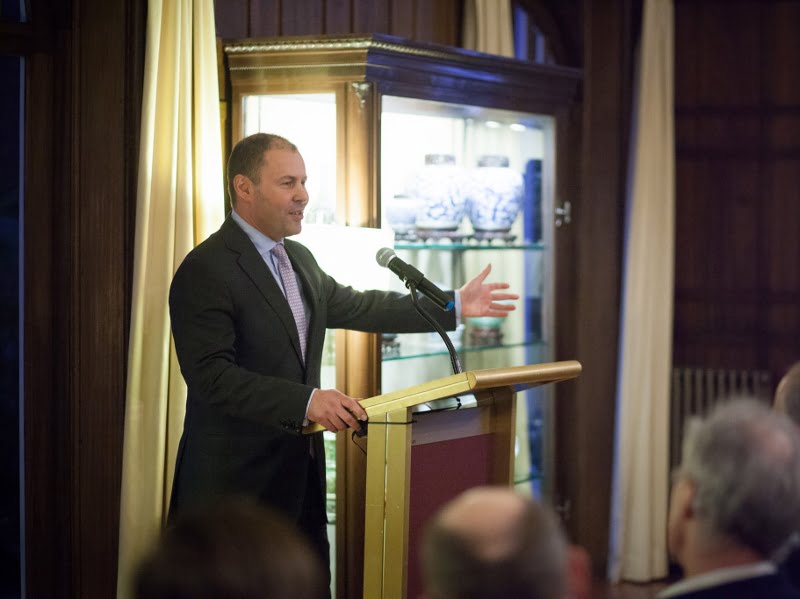The National Energy Guarantee (NEG) has entered into the final design stage, following discussions by the Council of Australian Governments’ (COAG) Energy Council last week.
Energy minister Josh Frydenberg, who chairs the council, together with state and territory energy ministers agreed to send the NEG into the draft legislation stage before the Council reconvenes at its next meeting to vote on the policy in August.
The group has agreed it will finalise the details of the new policy by the end of 2018. But while energy researchers and startups have watched the development of the policy with interest, the jury is out on whether it will drive investment in new tech-based energy businesses.

“Backed by an unprecedented cross-section of business, industry and community groups, the Guarantee is a technology neutral energy policy that will drive the right investment in the right place and at the right time to secure Australia’s energy future,” Mr Frydenberg said.
The NEG was initially proposed by the Energy Security Board (ESB) in October 2017. If successful, the NEG will require retailers to support a range of different generation technologies through their contracting, including low emissions technology.
The ESB has also proposed that NEG will resolve three aspects of “policy trilemma”: maintaining reliability, lowering emissions in line with international commitments, and improving affordability.
“It complements practical actions such as our agreement with energy retailers to offer millions of customers a better deal on their power bill, new laws to stop the networks gaming the system and the work we have done to ensure more gas for the domestic market before it is shipped offshore,” Mr Frydenberg said.
However, not everyone is convinced these promises will deliver. Emlyn Keane, chief executive of Evergen, a CSIRO-backed startup, said while it was pleasing to see certainty on policy, it still misses the mark on addressing innovation and technology.
“Businesses like us, which are startups in the renewable energy space, are companies that seek growth funding,” Mr Keane told InnovationAus.com.
“A majority of that comes from a range of investors, and so certainty around policy is a good thing for that,” he said.
“But where our frustrations are is that what we really need in Australia is that in order to provide an improved infrastructure reliability network, while delivering cheaper energy, which is what the NEG wants to try and do, is competition and innovation.
“We feel these two things will drive a direct outcome for consumers. In our opinion they are the missing ingredients in the federal government’s proposal.”
Mr Keane also pointed to a lack of transparency about how the policy will help deliver greater competition.
“The policy does rely on efficient competitive market in order to deliver outcomes, but we just feel unfortunately what we have read that there is still a great likelihood the big four legacy retailers will continue to dictate the virtually integrated model that the vast majority implement, therefore we don’t see the opportunity for small players like ourselves to really get an opportunity under the current proposal,” he said.
On the other end of the spectrum is GreenSync founder Phil Blythe who believes the NEG would enable the entry of new competition into what has traditionally been an industry dominated by four major players.
“Our submission to the NEG was about a marketplace construct for a centralised energy. It resembles what the future of the energy market will begin to look like where it’s not just one large central market, but many smaller markets,” Mr Blythe said.
“There’s a lot of distributed energy out and now finally we’re coming up with ways that these can be traded fairly at the right price and people get rewarded for their contribution to the grid.
“The framework put forward by the ESB recognises that trading these types of resources is a viable way to bring security back to the grid. It’s really important for innovation.”
Do you know more? Contact James Riley via Email.

